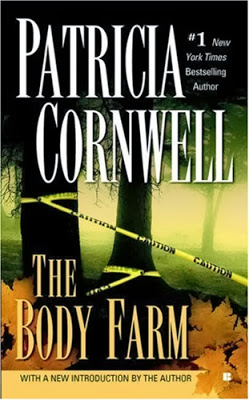Unsolicited Press
PRESENTS
Nocturne Variations by John Biscello
Genre: Fiction
Release Date: November 30, 2018 (Available for Pre-Order HERE)
List Price: $18.00
Publisher: Unsolicited Press
Synopsis: Dystopic Peter Pan meets surrealist noir in this cinemythical tale about love, loss and the illusions of shadow-play.
Los Angeles, December, 1989, is when we first meet the seventeen-year-old Piers, a runaway and a savant puppeteer. Addicted to Sike, an experimental drug which promises a surrogate return to Childhood, Piers, in an act of revenge, robs a briefcase full of Sike from her dealer and flees L.A., pursued by two hit men. Hiding out in the Southwestern town of Redline, where she meets and is taken in by a man named Henry Hook, Piers is soon confronted by the buried trauma of her past.
Comprising a jigsaw synthesis of narrative, journal entries, letters, monologues, film footage, poems, photographs, and press clippings; Noturne renders an interior world of fragments and parallels, and casts a tinted light on the neverland between dreaming and waking.
Los Angeles, December, 1989, is when we first meet the seventeen-year-old Piers, a runaway and a savant puppeteer. Addicted to Sike, an experimental drug which promises a surrogate return to Childhood, Piers, in an act of revenge, robs a briefcase full of Sike from her dealer and flees L.A., pursued by two hit men. Hiding out in the Southwestern town of Redline, where she meets and is taken in by a man named Henry Hook, Piers is soon confronted by the buried trauma of her past.
Comprising a jigsaw synthesis of narrative, journal entries, letters, monologues, film footage, poems, photographs, and press clippings; Noturne renders an interior world of fragments and parallels, and casts a tinted light on the neverland between dreaming and waking.
EXCERPT
They were spinning slowly, ever so slowly.
Do you want to go faster, Piers reached down for the dial. I can make us go faster.
No, Anya smiled. I like the speed. We’re moving so slow it’s like we’re not moving at all.
Piers and Anya sat in the Amusement Seats, across from one another.
Piers drew the cloth to her face, huffed, then passed it to Anya.
Piers stared at Anya, half her face masked in cloth, an asthmatic bandit in the throes of huffing.
Piers stared and stared,
and her vision dissimulated into small birds,
winging across the painted winter of Anya’s face,
and into the rabbitpink of her eyes, a dying sun
or lighted prehistory.
And then, like a slow-motion dream in reverse,
Piers found herself earlier in the night:
Anya, on stage, a glacial Venus, dancing with the other Winter’s Brides,
dancing to invoke snow, which came in the form of electro audio fuzz.
Can you hear the snow falling, Piers elated to Trink,
who nodded—Yea yea I can hear it babygirl, I can hear it.
The Brides, rejoicing in prayer, intensified the frenzy of their dancing,
as the snowfalling amped into a blizzard of white noise,
that raged and raged and then
Silence.
A ribbed, cathedral silence,
freezing the Brides into a penitent tableaux.




